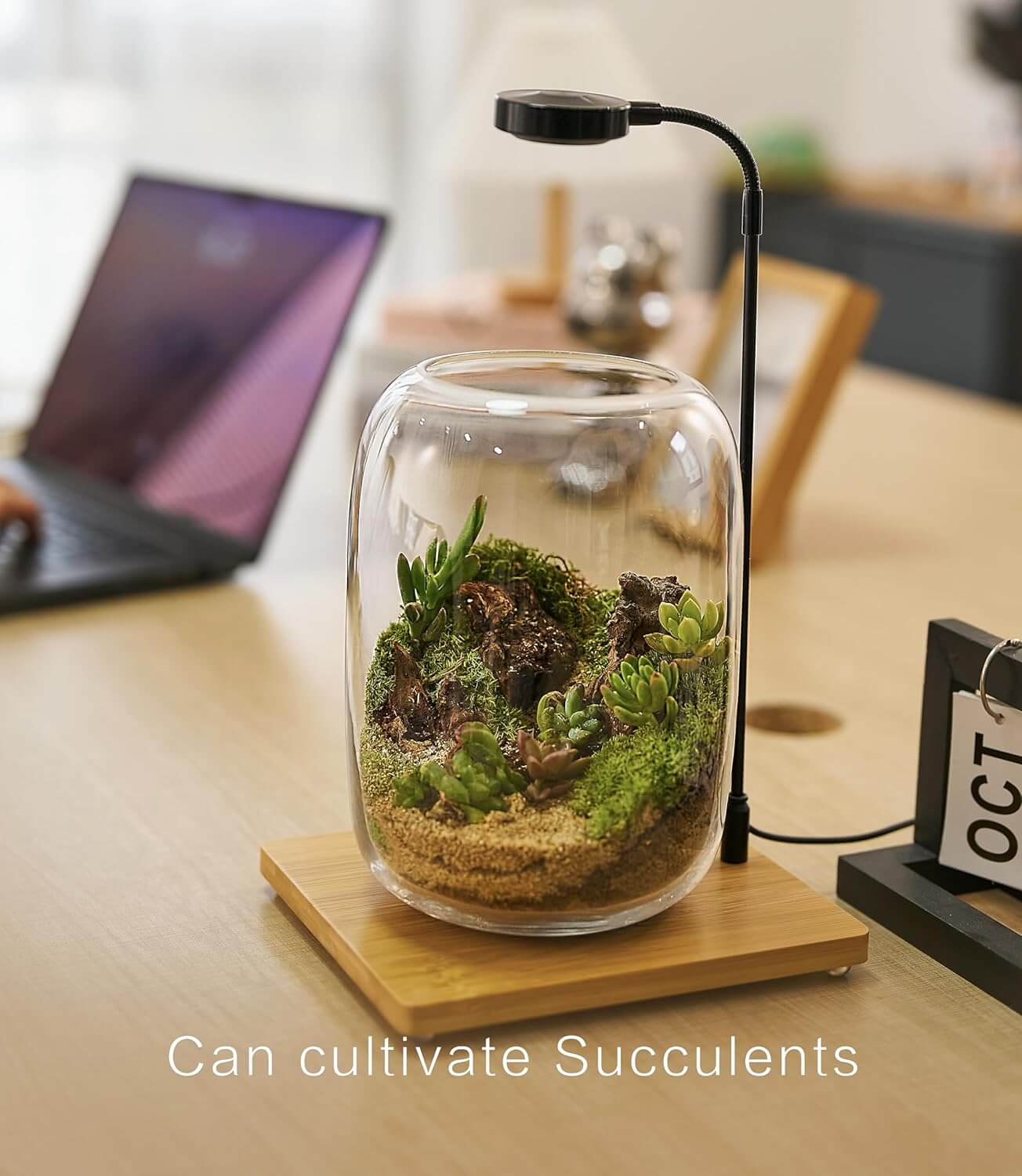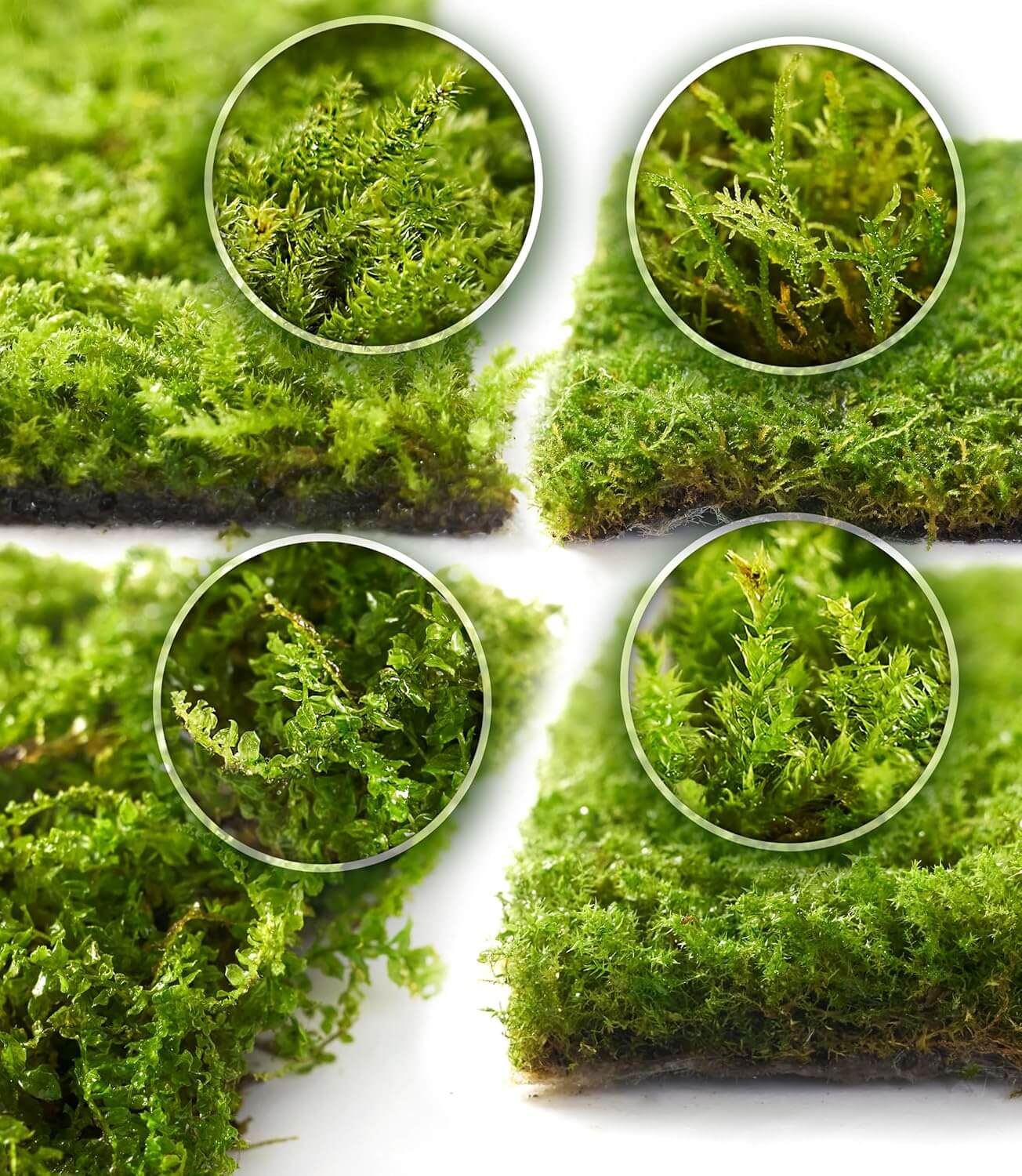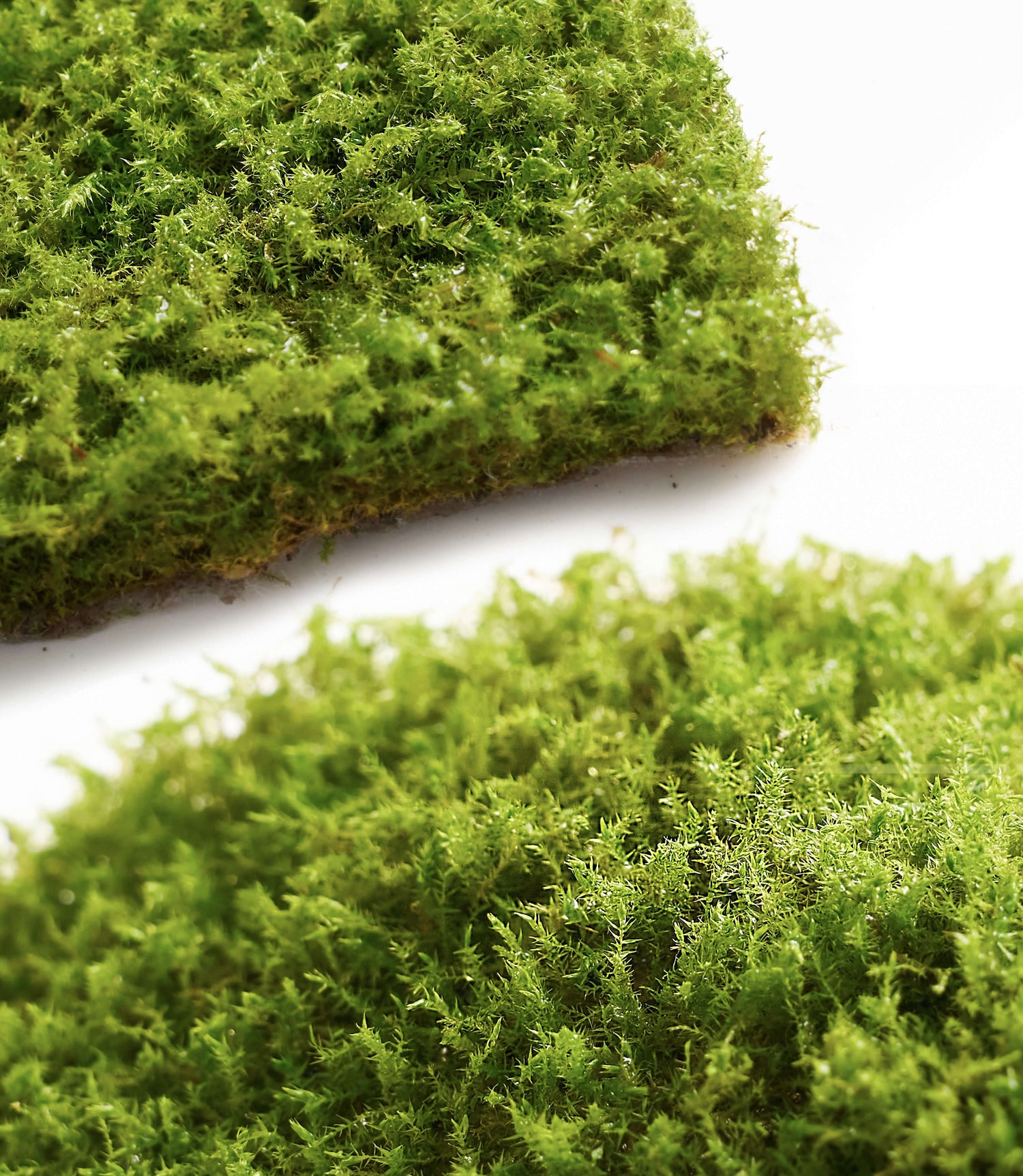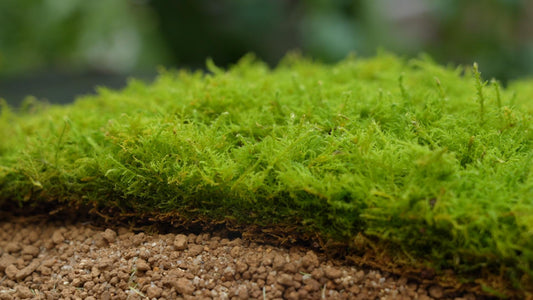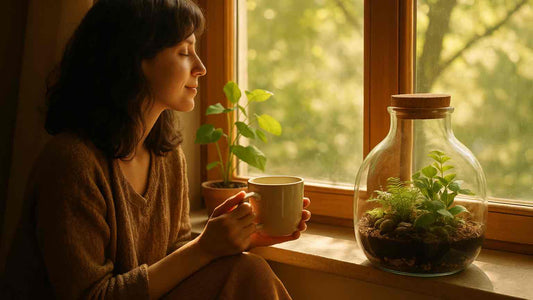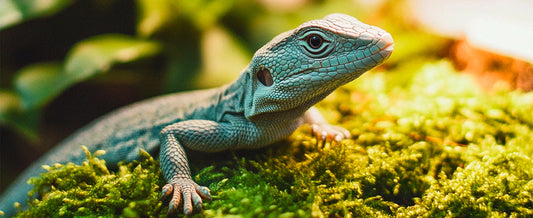How to Choose and Care for Live Moss
Over the years of experimenting with terrariums, I’ve made at least a hundred, if not dozens. From the initial flurry of activity to now being able to master the ropes, I’ve encountered many pitfalls along the way. If you’re interested, I’ve posted numerous videos on social media showing the actual process, so check them out when you have time. Take moss, for example. It’s the heart and soul of a terrarium; choosing the wrong one can completely undo all your previous work. I’m extremely particular about choosing moss, always looking for one with the “LIVE MOSS” label to guarantee its freshness. Those that appear dull and feel dry and hard are likely to have been processed and will soon develop problems.
When choosing moss, the most important thing to consider is whether your terrarium is sealed or open—this directly determines the humidity level inside. Moss’s sensitivity to humidity is as pronounced as our sensitivity to temperature. In a sealed terrarium with a tightly closed lid, the inside becomes like a small greenhouse, with humidity often reaching over 80% and fine water droplets hanging on the glass walls. In such an environment, shade-loving terrarium moss varieties that thrive in high humidity are essential. White Cushion Moss (Leucobryum glaucum) is particularly suitable, with its fluffy white appearance and plump growth. Green Carpet Moss (Brachythecium rutabulum) and Thuidium cymbifolium are also great choices—the former forms dark green mats close to the ground, while the latter resembles a miniature forest, both naturally adapted to the humid and shaded conditions found in sealed glass containers.
In contrast, for open terrariums, whether they have a loose lid or are fully uncovered, air circulation is better, humidity drops to around 50–70%, and water evaporates quickly. Here, semi-shade moss varieties that are more drought-tolerant and ventilation-friendly perform best. I often choose Green Carpet Moss (Brachythecium rutabulum) for its hardiness—it can even survive in the drier corners of a balcony. Silver Moss (Racomitrium canescens) has a beautiful silvery sheen and grows vigorously in well-ventilated conditions.Star Moss (Pogonatum subtortile) also thrives on rocks or driftwood, accustomed to wind and light exposure, making it perfect for open designs.
For beginners, there’s no need to start with the most delicate or exotic moss species. Green Carpet Moss remains my top recommendation—it’s the dependable, easy-to-use choice I’ve come to trust after many trials and errors. More fragile species might wither in closed terrariums or curl up in open ones, but Green Carpet Moss takes root and thrives every time. Even if I forget to water it and its leaves wilt slightly, a quick misting brings it back to life. It’s resistant to rot even in high humidity, grows evenly and lushly, and looks neat whether covering soil or draped over stones.
To avoid buying fake or low-quality moss, always check its texture and roots. True live moss should feel soft and moist, even if air-dried, and its green tones will be naturally varied rather than an artificial solid green. Look for fine white rhizoids at the base—these are essential for water absorption. If the roots are missing or dark brown, it’s likely dead. The easiest test is to mist it: real live moss will quickly absorb water, deepen in color, and regain its luster within minutes, while fake moss will remain unchanged.
Ultimately, the key is to choose the right terrarium moss for your environment. Beginners can start with hardy species like Green Carpet Moss, then experiment with others once they gain more experience. Fresh, well-chosen moss will reward you with months of healthy growth, and watching it gradually unfold inside your terrarium is a satisfaction that words can hardly describe.

